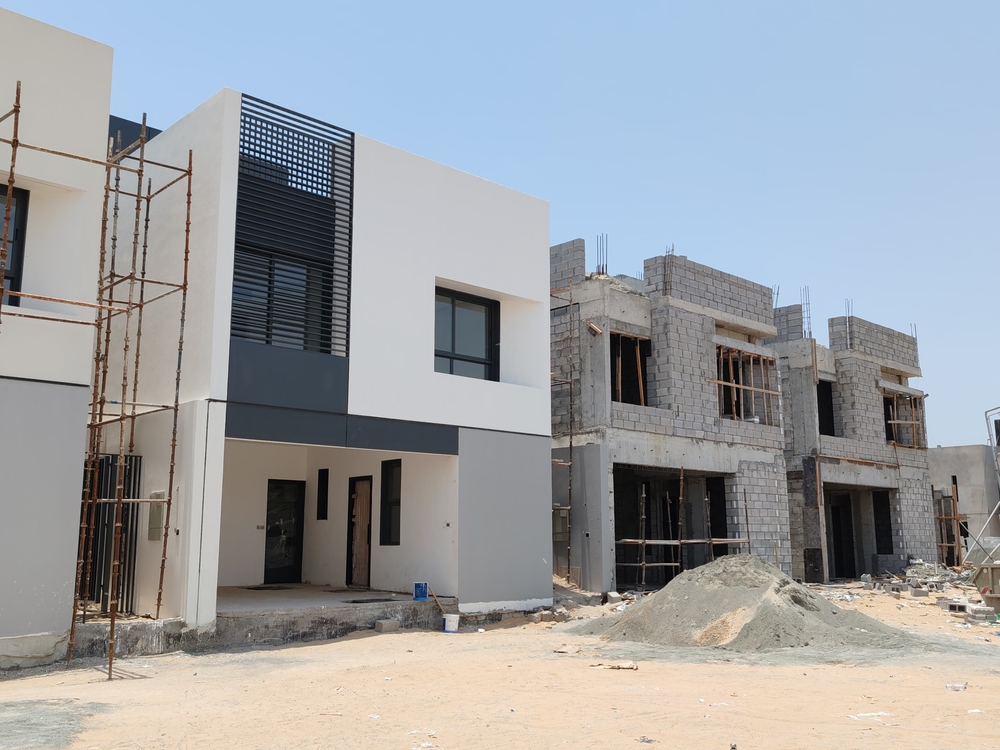How to Reduce Project Delays in Construction
How to Reduce Project Delays in Construction

Construction project delays are a common issue, often leading to increased costs, missed deadlines, and dissatisfied clients. Reducing delays in construction projects is essential for ensuring that work is completed on time and within budget. By implementing best practices and optimizing workflows, project managers can significantly minimize delays.
Table of Contents
- Understanding Common Causes of Delays
- Best Practices for Reducing Delays
- Improved Planning and Scheduling
- Efficient Communication
- Effective Resource Management
- Regular Monitoring and Reporting
- Utilizing Technology to Prevent Delays
- Risk Management for Delay Mitigation
- Conclusion
1. Understanding Common Causes of Delays
Identifying Why Construction Projects Face Delays
Before attempting to reduce delays, it’s essential to understand their root causes. Common reasons include:
- Poor Planning: Insufficient time allocated for different phases can lead to delays.
- Weather Conditions: Weather can impact construction activities, especially outdoor work.
- Lack of Communication: Miscommunication between stakeholders can lead to missed deadlines.
- Resource Shortages: Delays in material delivery or labor shortages often hold up progress.
- Design Changes: Late-stage changes to project designs can cause significant slowdowns.
By recognizing these factors, project managers can take proactive steps to prevent or mitigate potential delays.
2. Best Practices for Reducing Delays
Strategies to Prevent Construction Delays
There are several practical measures project managers can adopt to reduce the chances of delays:
Improved Planning and Scheduling
One of the most effective ways to reduce delays is through detailed project planning. Using advanced scheduling tools such as Gantt charts and Critical Path Method (CPM) can help break down tasks, set realistic timelines, and identify dependencies.
Ensure that sufficient time is allocated to each phase of the project, including buffer periods for unexpected delays.
Efficient Communication
Clear and efficient communication between all parties involved—contractors, subcontractors, suppliers, and clients—is crucial. Regular meetings and updates can help ensure everyone is on the same page.
Consider using construction management software that centralizes communications, keeps records of discussions, and shares real-time updates to avoid misunderstandings and misaligned expectations.
Effective Resource Management
Proper resource allocation is key to keeping a project on track. This involves ensuring materials are available when needed, labor is properly scheduled, and equipment is in working order. Building strong relationships with suppliers can also help in securing timely delivery of materials.
Having a contingency plan in place for resource shortages is another effective way to prevent delays.
Regular Monitoring and Reporting
Frequent project monitoring and progress reporting allow for early identification of potential issues. Regular site inspections and meetings help in tracking the status of the project and addressing any emerging problems quickly.
By adopting real-time data analytics, managers can track key performance indicators (KPIs), such as schedule adherence and budget utilization, ensuring that any deviations from the plan are rectified swiftly.

3. Utilizing Technology to Prevent Delays
The Role of Technology in Minimizing Delays
Technology is a powerful tool in the fight against construction delays. Some key technologies include:
- Building Information Modeling (BIM): BIM helps in visualizing the project, detecting clashes, and improving collaboration between teams, thereby reducing design-related delays.
- Construction Management Software: These platforms streamline project management tasks, enable real-time communication, and ensure everyone is up-to-date.
- Drones and Remote Sensing: Drones provide real-time updates on project progress and can quickly identify problem areas that may cause delays.
4. Risk Management for Delay Mitigation
Addressing Risks Before They Cause Delays
Every construction project carries risks that can lead to delays. Effective risk management is essential for reducing the impact of unforeseen issues. This involves:
- Risk Identification: Early identification of potential risks such as labor shortages, equipment failures, or weather disruptions.
- Risk Mitigation Strategies: Developing contingency plans to address the identified risks.
- Regular Risk Reviews: Ongoing assessment of risks throughout the project lifecycle to ensure that any emerging threats are handled promptly.
Implementing a robust risk management plan can go a long way in preventing unexpected delays.
5. Conclusion
Reducing project delays in construction requires careful planning, effective communication, proper resource management, and the use of modern technologies. By adopting best practices and staying proactive about potential risks, construction managers can ensure projects are completed on time and within budget. Incorporating real-time monitoring, regular audits, and strong communication channels further minimizes the risk of delays.
To ensure your next construction project stays on track, contact us for expert advice and project management support.
External Resources for Legal Guidance
Reduce Project Delays in Construction
Read more related articles to enhance your knowledge and make informed decisions
10 Essential Steps in the Building Construction Process
How to Choose the Right Materials for Your Construction Project







